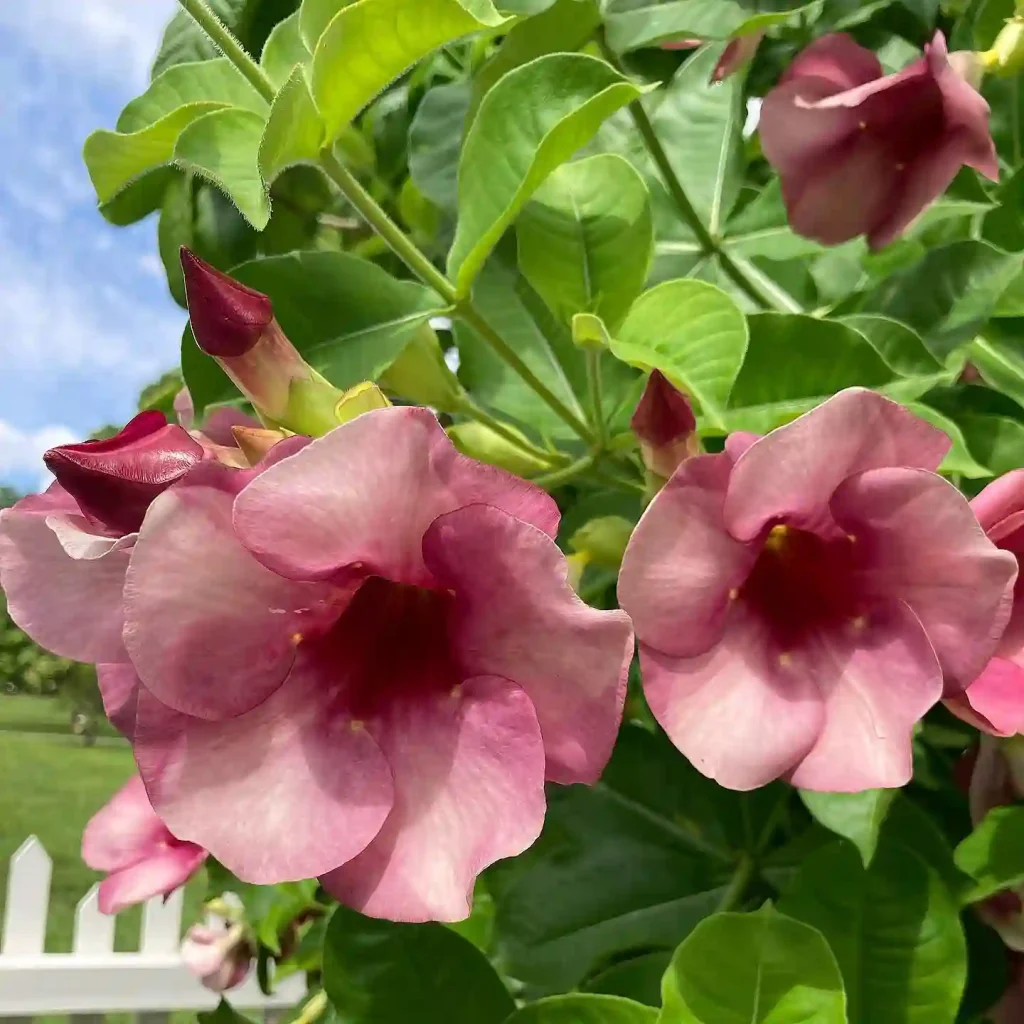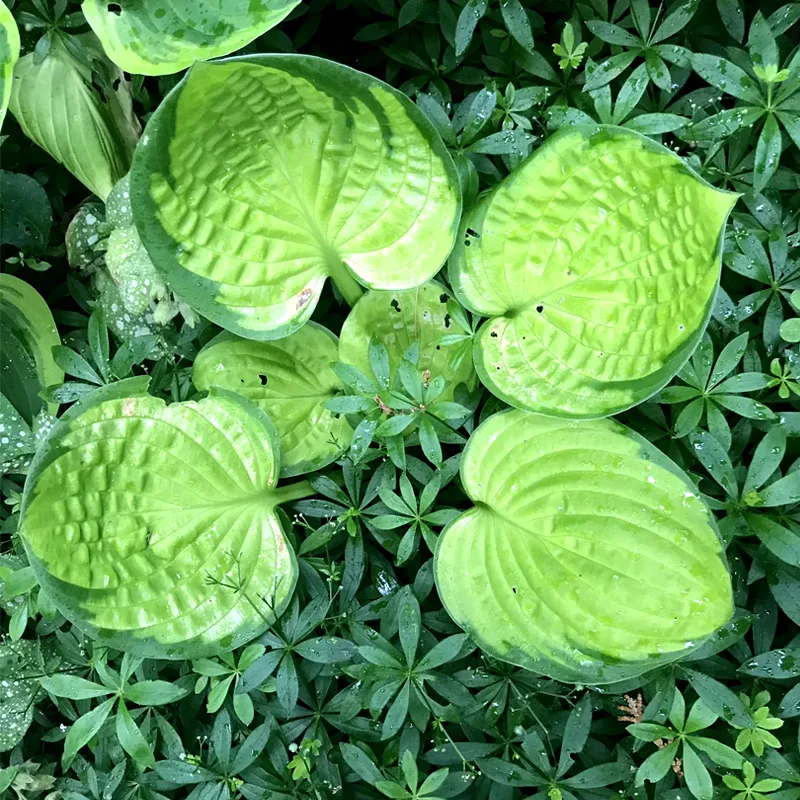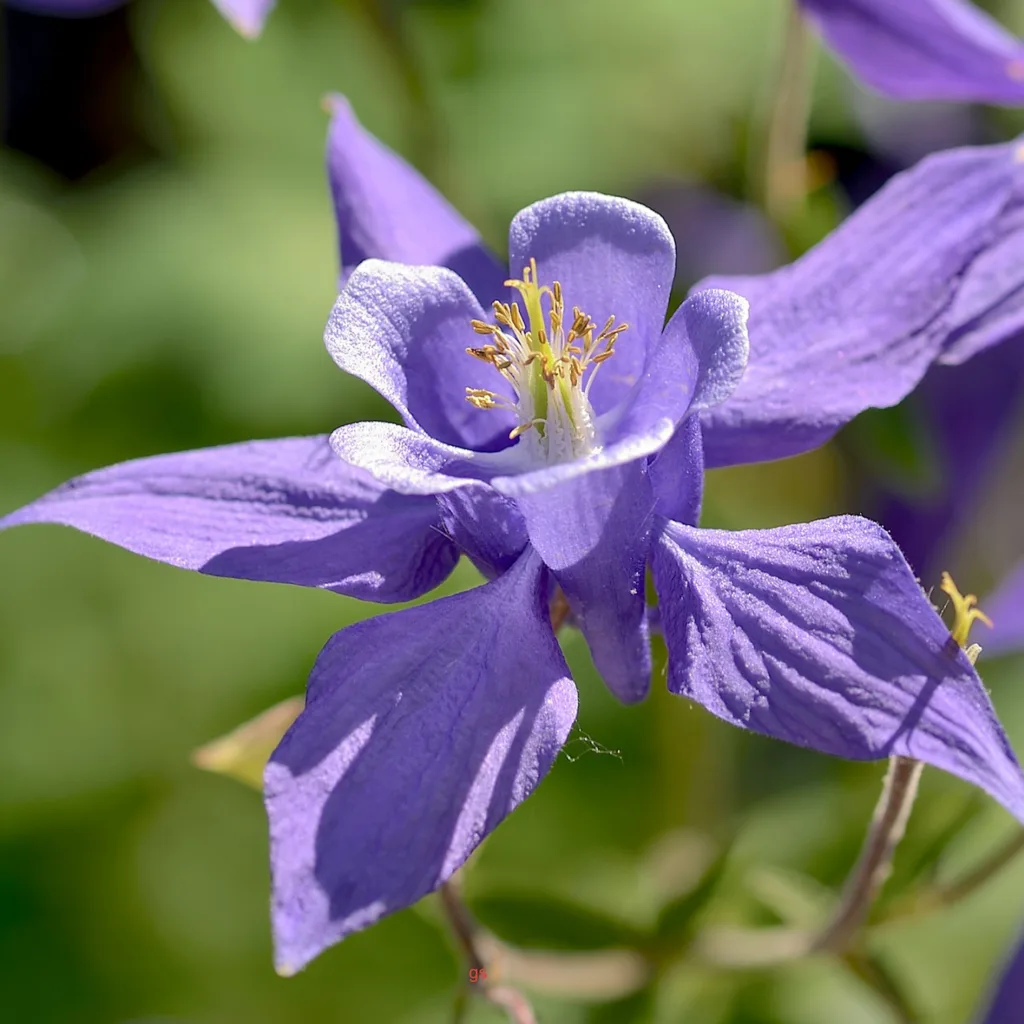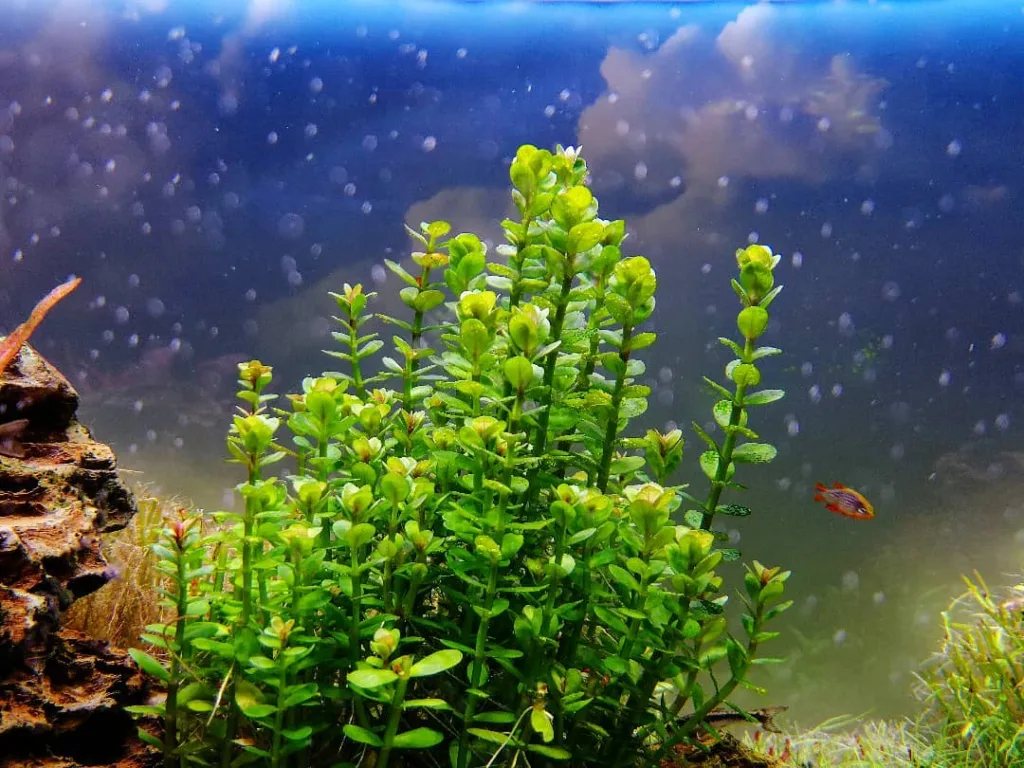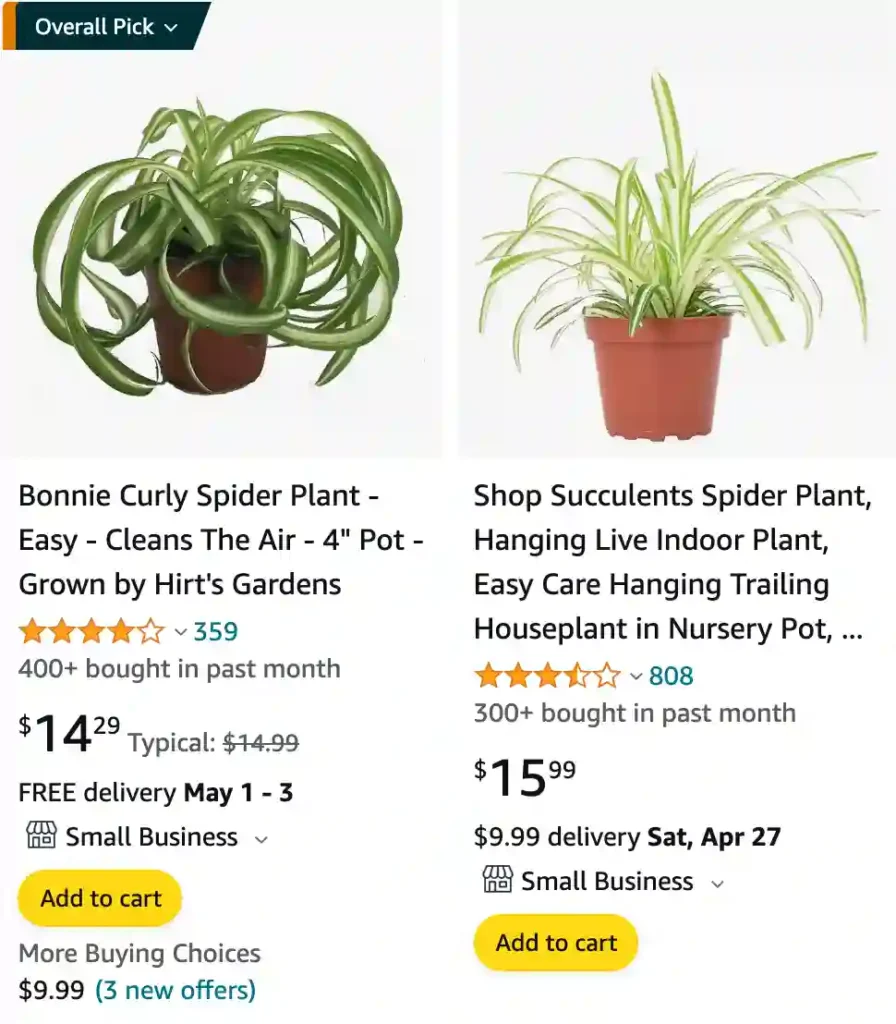
200 Species in Genus Chlorophytum
How to make spider plant bushier?
Spider plants are such fun additions to any home! I love the little “babies” they sprout. Getting mine bushy has definitely been a process. The biggest help was putting it in a spot with lots of bright, indirect light. That really seemed to encourage it to put out more leaves. I also try to prune off any brown ends regularly, which seems to keep everything looking tidier. And of course, the best way to get an instantly bushy plant is to take some of those adorable baby spider plants and repot them right back into the main pot for a super full and lush look!
How to repot a spider plant?
Repotting my spider plant always feels like a bit of a victory because those root balls get so big! Last time I did it, I waited until my plant was so rootbound it was practically pushing itself out of the pot. I found a new pot just a couple of inches bigger and made sure it had good drainage. Gently loosening the roots was the trickiest part – they were a tangled mess! I used fresh potting soil and filled in around the root ball nicely. A good watering was the final touch, and it perked up beautifully in its new space.
Why is my spider plant turning yellow?
My spider plant turning yellow was initially worrying for me, as I’ve grown attached to it over time. After some research and consulting with experienced plant enthusiasts, I learned that yellowing leaves could indicate various issues, such as overwatering, inadequate light, or even root rot. Reflecting on my care routine, I realized that I might have been a bit overzealous with watering, thinking more water would be better. Adjusting my watering schedule and ensuring proper drainage for the plant helped to address the issue. It’s always a learning process with plants, and each experience teaches me something new about caring for them.
Does spider plant like to be root bound?
In my experience, spider plants generally don’t mind being a bit root bound, but they do appreciate some room to spread out. When my spider plant started to show signs of being root bound, like crowded roots poking out of the drainage holes, I decided to repot it into a slightly larger container. After repotting, I noticed that it seemed to perk up and grow more vigorously, which led me to believe that it appreciated the extra space. However, I’ve also heard from other plant enthusiasts that spider plants can tolerate being root bound to some extent, so finding the right balance might vary from plant to plant.
Where to buy a spider plant?
Finding a spider plant is usually quite easy, as they’re popular and widely available. I’ve personally found them in various places, including local nurseries, garden centers, and even some grocery stores with a plant section. Online retailers and plant shops are also great options, offering a wide selection of spider plants in different sizes and varieties. Personally, I enjoy visiting local nurseries because I can see the plants in person and choose one that looks healthy and vibrant. Plus, it’s always nice to support local businesses whenever possible.
How to trim a spider plant?
Trimming a spider plant is a simple process that can help keep it healthy and looking its best. When I trim mine, I start by inspecting the plant for any discolored or damaged leaves, as well as any offshoots or “spiderettes” that I might want to remove. Using a clean pair of scissors or gardening shears, I carefully snip off any yellow or brown leaves, making sure to cut close to the base of the plant without damaging the healthy foliage. If there are spiderettes that I want to propagate or remove to encourage bushier growth, I gently cut them away from the parent plant, ensuring that each cutting has a few inches of stem attached. Overall, I find that regular trimming helps my spider plant maintain its shape and encourages new growth, keeping it thriving and lush.
Does spider plant flower?
Trimming a spider plant is a simple process that can help keep it healthy and looking its best. When I trim mine, I start by inspecting the plant for any discolored or damaged leaves, as well as any offshoots or “spiderettes” that I might want to remove. Using a clean pair of scissors or gardening shears, I carefully snip off any yellow or brown leaves, making sure to cut close to the base of the plant without damaging the healthy foliage. If there are spiderettes that I want to propagate or remove to encourage bushier growth, I gently cut them away from the parent plant, ensuring that each cutting has a few inches of stem attached. Overall, I find that regular trimming helps my spider plant maintain its shape and encourages new growth, keeping it thriving and lush.
Is spider plant toxic to dogs?
Yes, spider plants can be toxic to dogs if ingested, but the toxicity is generally mild and not usually life-threatening. I learned this firsthand when my dog showed interest in chewing on the leaves of my spider plant. Concerned, I did some research and found out that spider plants contain compounds that can cause gastrointestinal upset in dogs if consumed in large quantities. Symptoms may include vomiting, diarrhea, and drooling. While the toxicity level is low, it’s still important to keep spider plants out of reach of curious pets to prevent any potential health issues. Thankfully, with some precautionary measures, like placing the plant in a high or inaccessible location, I’ve been able to keep both my spider plant and my furry friend safe and happy in the same space.
Why is my spider plant drooping?
When I noticed my spider plant drooping, it was a bit concerning because I’ve grown quite fond of it. Upon investigating, I found a few potential reasons for its droopiness. One common cause could be overwatering, as soggy soil can lead to root rot, causing the plant to wilt. Alternatively, if the soil is too dry, the plant might also droop as a sign of dehydration. In my case, I realized that I had been inconsistent with my watering schedule, sometimes forgetting to water it for a while and then overcompensating with too much water at once. Adjusting my watering routine to keep the soil consistently moist but not waterlogged helped to revive my drooping spider plant. Additionally, ensuring it receives adequate light and periodically fertilizing it have also helped to keep it healthy and upright. It’s all about finding the right balance of care to keep my spider plant thriving.
Why is my spider plant dying?
Discovering my spider plant on the brink of death was distressing, especially since I’ve invested time and care into nurturing it. Reflecting on its decline, I realized several potential reasons for its deterioration. Overwatering was a likely culprit, as I had been too generous with watering, causing the roots to suffocate and rot. Additionally, insufficient light might have contributed to its decline, as spider plants thrive in bright, indirect sunlight. Neglecting to fertilize it periodically could have also deprived it of essential nutrients needed for growth. Furthermore, overcrowding in its pot might have hindered its ability to absorb nutrients and thrive. Despite my efforts to revive it by adjusting its care routine, sometimes, if the damage is too severe, it’s challenging to save a dying plant. However, every experience, even the loss of a plant, teaches valuable lessons in cultivating a green thumb and nurturing future green companions.
How to revive a spider plant?
Reviving a spider plant on the brink of demise requires patience, attention to detail, and a gentle touch. To begin the revival process, I carefully assessed the plant’s condition, examining its leaves, roots, and overall health. If the soil was waterlogged, I gently removed the plant from its pot and inspected the roots for signs of rot. Trimming away any mushy or discolored roots with clean scissors helped to prevent further decay. Repotting the plant in fresh, well-draining soil in a slightly larger pot provided it with a healthier environment to thrive. Ensuring adequate sunlight, but not direct sunlight, and maintaining a consistent watering schedule helped to rejuvenate my spider plant. Occasionally misting its leaves or placing a tray of pebbles filled with water beneath the plant also helped to increase humidity, which spider plants appreciate. With diligent care and a nurturing touch, my spider plant gradually bounced back, its leaves perking up and its vibrant green hue returning, reminding me of the resilience of nature and the joy of tending to living things.
Does spider plant like humidity?
Yes, spider plants do appreciate some level of humidity, although they can tolerate a range of conditions. In my experience, providing moderate to high humidity levels can contribute to their overall health and vigor. I noticed that when I increased humidity around my spider plant, either by misting its leaves regularly or placing it in a room with a humidifier, it seemed to thrive and exhibit lush, vibrant growth. However, spider plants are resilient and can adapt to lower humidity environments as well, so as long as they receive proper care and attention, they can still flourish even in drier conditions.
Is a spider plant poisonous to cats?
Yes, spider plants are considered mildly toxic to cats if ingested. The plant contains compounds that can cause gastrointestinal upset in cats, leading to symptoms such as vomiting, diarrhea, and drooling. While the toxicity level is generally low and severe reactions are rare, it’s essential to keep spider plants out of reach of curious feline companions to prevent any potential health issues. In my experience, placing the plant in a location that is inaccessible to my cat or using deterrents like bitter sprays has helped to ensure the safety of both my plant and my pet.
Why are my spider plant leaves folding?
When I noticed my spider plant’s leaves folding, it was a bit perplexing at first. After some observation and research, I discovered a few potential reasons behind this behavior. One common cause could be underwatering, as dry soil can cause the leaves to curl and fold in an attempt to conserve moisture. Alternatively, if the plant is exposed to drafts or sudden temperature changes, it might also respond by folding its leaves as a protective mechanism. Additionally, insufficient light could lead to weak growth and leaf folding in spider plants. In my experience, adjusting my watering schedule to ensure the soil stays consistently moist, avoiding temperature fluctuations, and providing adequate indirect sunlight helped to address the issue. With a bit of attention and care, my spider plant’s leaves gradually resumed their natural posture, signaling its renewed health and vitality.
Why doesn’t my spider plant have babies?
The lack of babies, or “spiderettes,” on your spider plant might be due to several factors that affect its ability to produce offshoots. One possibility is that your plant might not be mature enough yet. Spider plants typically start producing spiderettes once they reach a certain level of maturity, which can vary depending on factors like growing conditions and care. Another factor could be insufficient light. Spider plants thrive in bright, indirect sunlight, and inadequate light exposure might inhibit the production of spiderettes. Additionally, overcrowding in the pot or lack of nutrients in the soil could also contribute to the plant’s inability to produce offshoots. In my experience, ensuring proper care, including adequate light, appropriate watering, and occasional fertilization, can encourage spider plants to produce spiderettes over time. If you’ve been providing optimal care and your plant still isn’t producing babies, it might just need a bit more time to mature and establish itself before it starts producing offshoots.
Why is my spider plant pale and limp?
A pale and limp spider plant can be distressing to see, as it may indicate that the plant is not receiving the care it needs to thrive. Reflecting on my experiences with similar issues, I’ve found a few potential reasons for this condition. One possibility is inadequate light. Spider plants typically prefer bright, indirect sunlight, and insufficient light exposure can lead to weak growth and pale, limp foliage. Another common cause could be overwatering, as soggy soil can cause the roots to suffocate and rot, resulting in limp leaves. Additionally, nutrient deficiencies or imbalances in the soil could also contribute to the plant’s pale appearance and overall decline. In my experience, addressing these issues by providing proper lighting, adjusting watering practices to ensure the soil stays moist but not waterlogged, and occasionally fertilizing the plant can help revive a pale and limp spider plant. With patience and attentive care, I’ve been able to restore vitality to my spider plants and enjoy their lush, vibrant foliage once again.
Can you plant spider plants outside?
Yes, you can plant spider plants outside in suitable climates, typically in USDA hardiness zones 9 to 11. Spider plants thrive in warm, humid conditions with well-draining soil and partial to full shade. When planting spider plants outdoors, it’s essential to choose a location with indirect sunlight or dappled shade, as direct sunlight can scorch their leaves. Additionally, ensure that the soil is well-draining to prevent waterlogging, which can lead to root rot. In frost-prone areas, spider plants can be grown outdoors as annuals or brought indoors during the colder months to protect them from frost damage. With proper care and attention to their specific needs, spider plants can make lovely additions to outdoor gardens, adding a touch of greenery and elegance to the landscape.
Why is my spider plant turning white?
If your spider plant is turning white, it could be a sign of various issues, but the most common reason is sunburn. Spider plants prefer bright, indirect light, and exposure to direct sunlight can cause their leaves to turn white or pale. This happens because the intense sunlight damages the chlorophyll in the leaves, leading to discoloration. To address this issue, consider moving your spider plant to a location with indirect sunlight or dappled shade, away from direct sun exposure. Additionally, ensure that the plant is receiving adequate water and nutrients, as deficiencies or imbalances can also cause discoloration. By providing the right growing conditions, you can help your spider plant regain its vibrant green color and thrive once again.
Is a spider plant a succulent?
No, a spider plant (Chlorophytum Comosum) is not a succulent. While succulents are plants that store water in their leaves, stems, or roots to survive in arid conditions, spider plants belong to the family Asparagaceae and are known for their long, slender leaves that grow in clusters. They are considered tropical or subtropical plants and do not have the characteristic water-storing adaptations of succulents. Spider plants prefer consistently moist soil and thrive in humid environments, making them different from succulents in terms of their care requirements and physical characteristics.
What size pot for spider plant?
When selecting a pot size for a spider plant, it’s essential to consider the plant’s current size and growth habits. Spider plants have shallow root systems and do well in slightly crowded conditions, so they don’t require excessively large pots. Typically, a pot that is 1 to 2 inches larger in diameter than the plant’s current pot should provide enough space for the plant to grow comfortably. For example, if your spider plant is currently in a 6-inch pot, you might consider repotting it into an 8-inch pot. Ensure that the new pot has drainage holes to prevent waterlogging, as spider plants are susceptible to root rot if the soil remains too wet. With the right-sized pot and proper care, your spider plant can thrive and continue to grace your home with its lush foliage.
If i die, water my plants!
